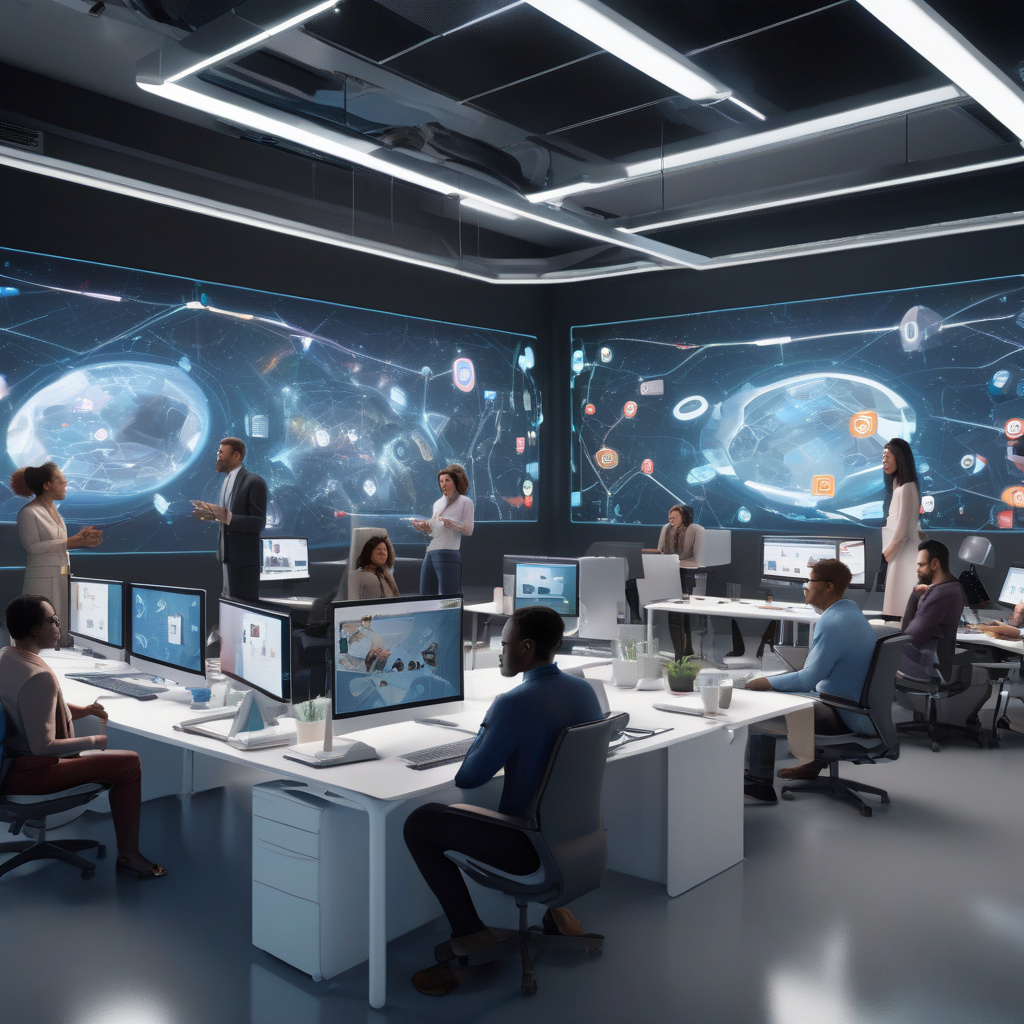In recent news, OpenAI, the renowned artificial intelligence research lab, has stirred up excitement by reportedly venturing into the realm of social platforms. The project is said to be akin to an “X-like social network,” hinting at a potential innovation that could reshape how we interact online. While the endeavor is still in its infancy, with an internal prototype emphasizing ChatGPT’s image generation capabilities, the implications are intriguing.
By delving into the development of a social platform, OpenAI is poised to carve out its own niche in the digital landscape. The prospect of a social feed integrated with AI-generated content holds promise for a unique user experience. This move aligns with the trend observed in tech giants like X and Meta, which leverage social data to enhance their services and algorithms.
But amidst the buzz surrounding OpenAI’s foray into social networking, a pertinent question arises: who is this platform intended for? Professionals in the IT and development sectors are likely to be key beneficiaries of such a platform. Imagine a space where industry experts can engage in real-time discussions, share insights, and collaborate on projects with the aid of advanced AI tools.
For software developers, having access to a social platform powered by OpenAI could mean a wealth of opportunities. From seeking advice on coding challenges to exploring innovative solutions, the platform could serve as a hub for knowledge exchange and skill development. Imagine receiving instant feedback on lines of code or brainstorming new algorithms with peers from around the globe.
Moreover, the integration of ChatGPT’s image generation technology hints at creative possibilities for designers and content creators. Visual storytelling, graphic design collaborations, and interactive media projects could flourish within a community that combines social networking with AI-generated content. This convergence of technology and creativity could inspire a new wave of digital innovation.
Beyond the realm of IT and software development, OpenAI’s social platform could also cater to AI enthusiasts, researchers, and tech aficionados. The prospect of exploring cutting-edge AI capabilities within a social context presents a unique opportunity for individuals passionate about the future of technology. Discussions on AI ethics, machine learning advancements, and the societal impact of artificial intelligence could find a home on this platform.
As OpenAI continues to refine its social platform and expand its capabilities, the potential applications across various industries become increasingly apparent. From fostering professional connections to enabling collaborative projects, the platform could serve as a catalyst for innovation and knowledge sharing. As the digital landscape evolves, embracing new tools and platforms powered by AI becomes essential for staying ahead in a competitive market.
In conclusion, OpenAI’s venture into the realm of social networking signifies a significant step towards leveraging AI for interactive and engaging online experiences. While the specifics of the platform’s features and target audience are still emerging, the implications for IT professionals, developers, designers, and AI enthusiasts are vast. By embracing this intersection of AI and social networking, OpenAI has the potential to create a dynamic platform that fosters creativity, collaboration, and knowledge exchange in the digital age.

